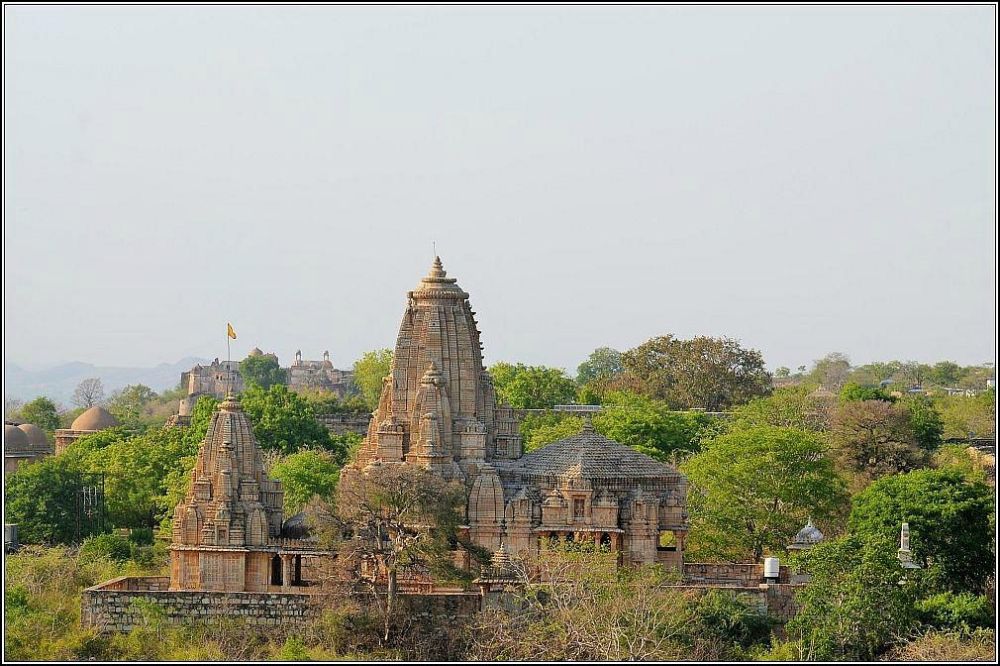

The Meera Temple, also known as the Meera Bai Temple, is located within the Chittorgarh Fort in Rajasthan, India, and stands as a testament to devotional fervor and architectural splendor. Chittorgarh, once the capital of the Mewar Kingdom, boasts a rich history that dates back to the 7th century AD. As a UNESCO World Heritage Site, the Chittorgarh Fort holds significant cultural and historical importance, with Meera Temple being an integral part of its legacy.
The temple is dedicated to Meera Bai, a fervent devotee of Lord Krishna and a Rajput princess renowned for her poetic contributions to Bhakti movement. Her life and devotion have been deeply inspiring for many spiritual seekers and her poems are sung across the region even today. The temple, built during the reign of Maharana Kumbha in the 16th century, is more than just a religious site; it embodies the spirit of devotion and the rich heritage of Rajputana architecture.
Tourism in Chittorgarh, and specifically the Meera Temple, has been a facet of the region's history for several decades. Owing to its impressive architecture and the emotional saga of Meera Bai, the temple has attracted visitors and pilgrims from all corners of the globe. Over time, efforts have been made to preserve the temple’s structure and its intricate carvings, promoting it as a key attraction for tourists interested in history, culture, and spirituality.
The history of tourism in Chittorgarh took a more structured form after India's independence in 1947, when preservation and promotion of heritage sites became an integral part of the national tourism strategy. The increase in infrastructure and facilities for visitors has made Chittorgarh, and the Meera Temple within it, more accessible and attractive as a tourist destination.
In recent years, Rajasthan Tourism has witnessed a shift towards experiential and heritage tourism. Visitors are seeking immersive experiences that offer a deeper understanding of the historical and cultural contexts of sites like the Meera Temple. This has led to a growth in cultural festivals, guided tours, and light and sound shows that narrate the history of the fort and its legends.
Furthermore, digitalization has also influenced tourism trends, with virtual tours and online repositories providing information and interactive experiences related to the Meera Temple. Social media has played a pivotal role in showcasing the beauty and historical significance of Chittorgarh to a global audience, leading to a steady increase in its popularity as a must-visit destination.
Eco-friendly tourism is also gaining traction, with an increasing number of tourists keen on minimizing their carbon footprint while exploring historical sites. The local government and tourism bodies are advocating for sustainable tourism practices to preserve the integrity and beauty of Chittorgarh and its monuments for future generations.
For individuals planning to visit the Meera Temple, the best time to do so is during the cooler months from October to March. The temple's architecture can be admired in the pleasant weather, and tourists can also partake in numerous cultural events that take place in Chittorgarh around this time. It is recommended to hire a local guide to fully appreciate the history and stories linked to the temple and to ensure a rich and informative experience.